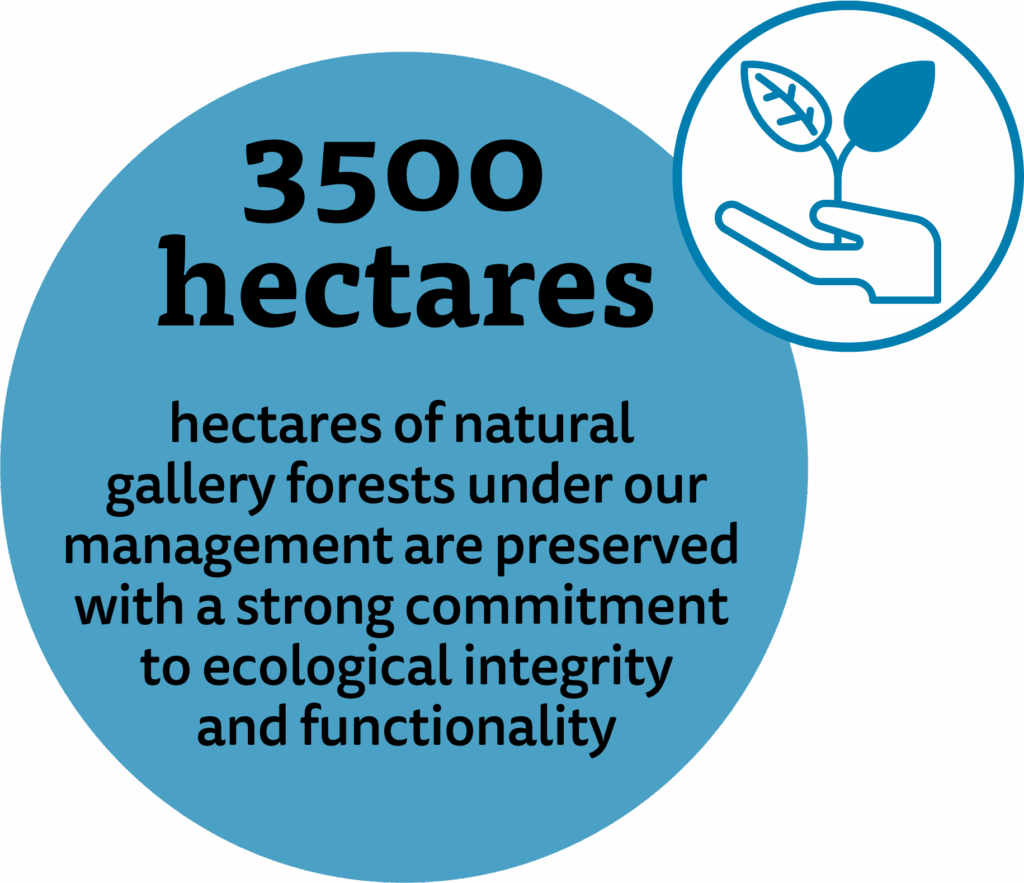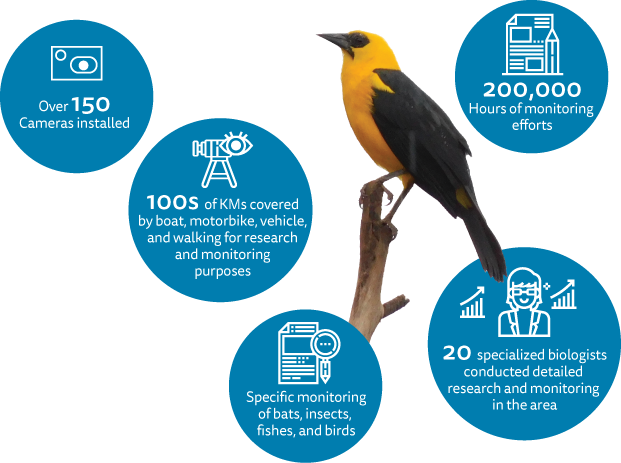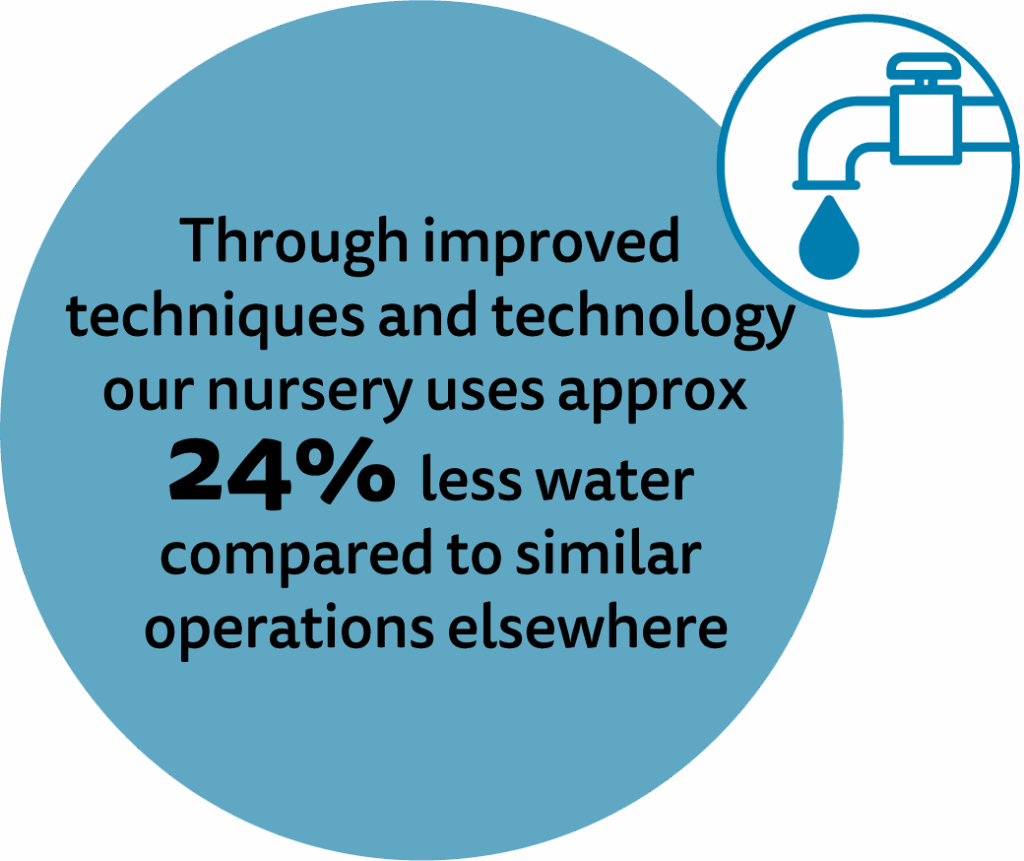Conservation Efforts
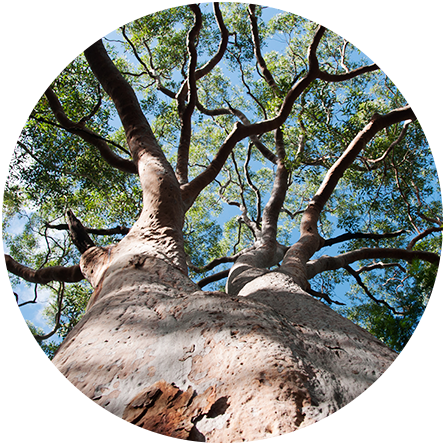
Forest First Colombia (FFC) offers a high-integrity, nature-based climate solution to one of Latin America’s most pressing land-use crises: the escalating degradation of the Vichada savannas, driven by decades of unsustainable cattle ranching and a growing epidemic of uncontrolled, human-induced wildfires. Our approach combines certified sustainable commercial forestry, ecosystem regeneration, fire risk mitigation, and domestic wood supply development at scale.
Biodiversity Conservation Efforts
We recognize that these ecosystems are essential for ecological balance, and we understand that studying and identifying the species that inhabit them is fundamental to implementing conservation and protection measures. In addition to declaring natural gallery forests as protected areas, we have established research agreements with three leading scientific organizations specializing in biodiversity: OMACHA foundation, Panthera foundation, and the ECOLMOD research group from the National University of Colombia.
We conducted the first plantation biodiversity analysis in the region’s forest plantations.


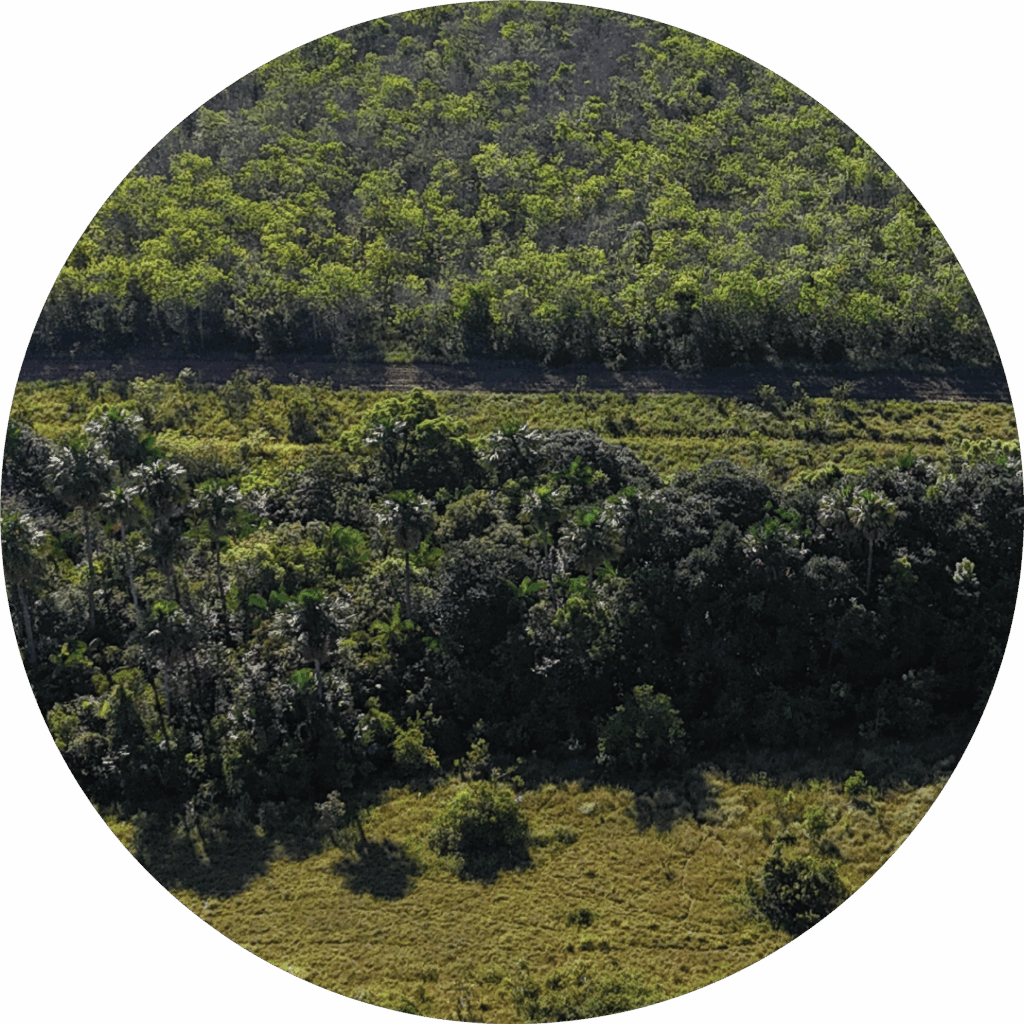
Biodiversity Monitoring Efforts
Our biodiversity monitoring efforts are continuous. Recently, we conducted two studies: the first is using trail cameras to analyize the diversity and composition of medium and large mammals in savanna ecosystems, natural gallery forests, and commercial forests managed by FFC. The second focuses on bird species allowing us to develop an inventory and gather valuable data on their presence and behavior in the region.
The objective of this monitoring initiative is to characterize the composition, relative abundance, and activity patterns of terrestrial mammal communities and birds within areas influenced by commercial forest plantations. The information gathered will support the identification of edge effects, functional wildlife corridors, and shifts in faunal community structure.
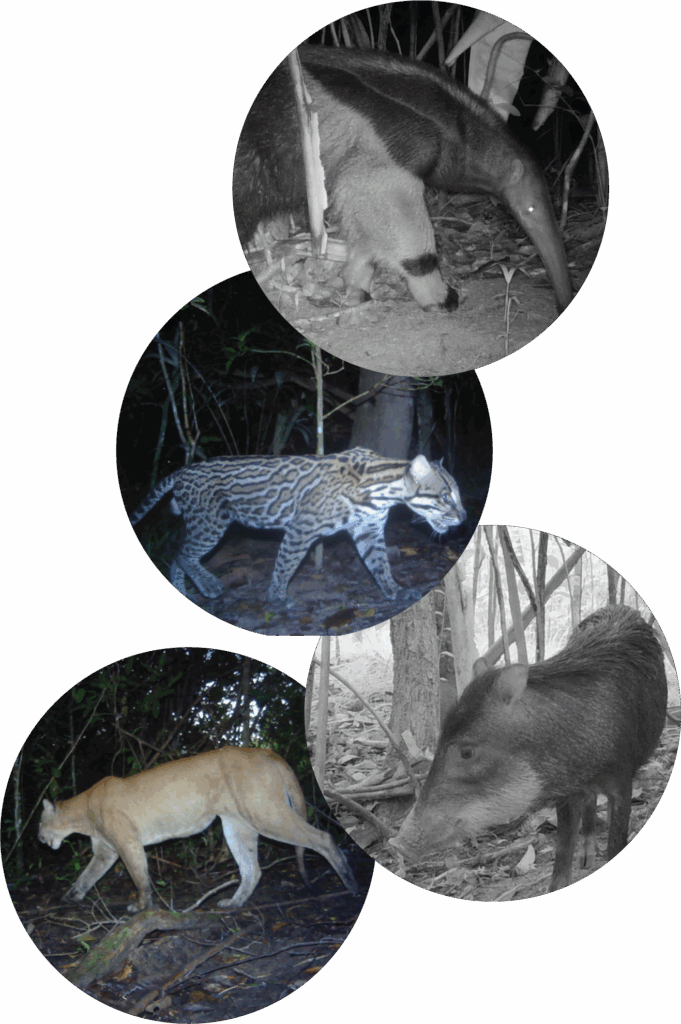

Sustainable Water Resource Use
Initial investigations suggest that on average we use 24% less water to sustain our nurseries compared with other similar operations. We will continue to benchmark our operations against similar production units to determine if our water usage efficiencies are comparable with similar size nurseries.
We are aware that water use, and the protection of surface water features, lies at the foundation of sustainability. We have implemented a water management plan that will set future targets for water savings and reuse of water where possible in line with SDG 13. At present, FFC has improved our water use efficiency between 20 – 40 per cent in our operations.
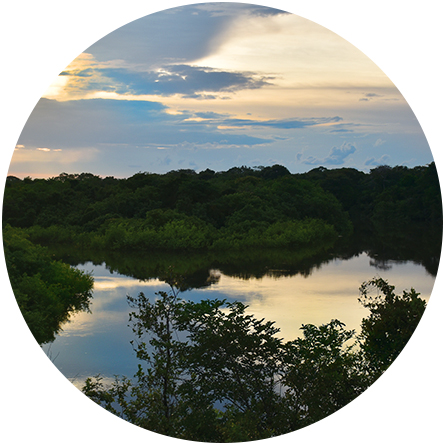
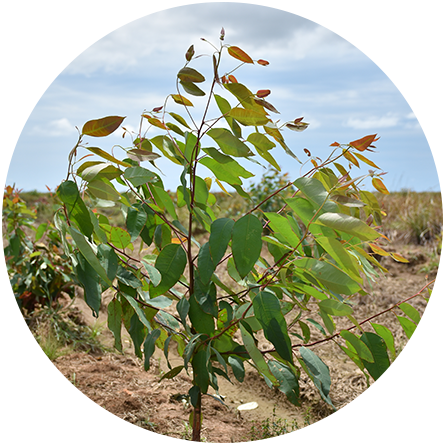

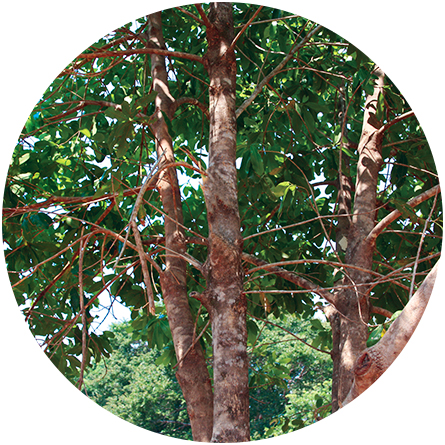
Commercial Forests

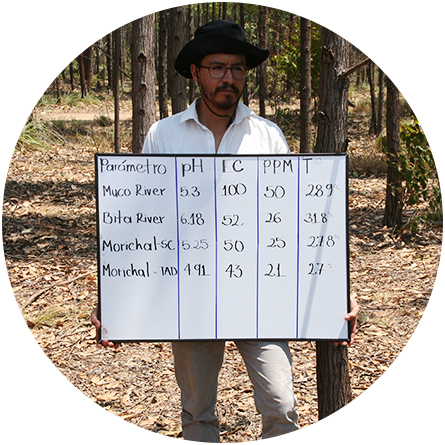
Improving Soil Quality
Under FFC’s management practices, the soil quality has improved, when compared to the grasslands not under our management. This improvement is the result of an increase in the vegetative litter layer on the soil, as the trees mature and reach canopy closure. Early evidence shows an increase in soil organic matter, which is now measured on an annual basis and is a key aspect in sustainable land management. The reduction and eventual elimination of uncontrolled wildfires allows for the soil to recover from the decades of degradation and poor management practices. Additionally, improvements in the organic carbon levels are also detected and are associated with improved rainfall infiltration and increased soil biotic activity.

FFC’s operations are helping to regenerate these areas by:
- Changing local management practices
- Conserving areas linked to sensitive ecosystems
- Implementing proper planting and maintenance practices that are increasing soil organic matter and improving water infiltration.
- Preventing and controlling wildfires allowing natural regeneration of the savanna.
- Analyzing areas where boundary forests may have existed previously with the intention of replanting them with native species.


